A range of teacher professional learning programs will be developed to accompany the Biodiversity of the Western Volcanic Plains online outreach...

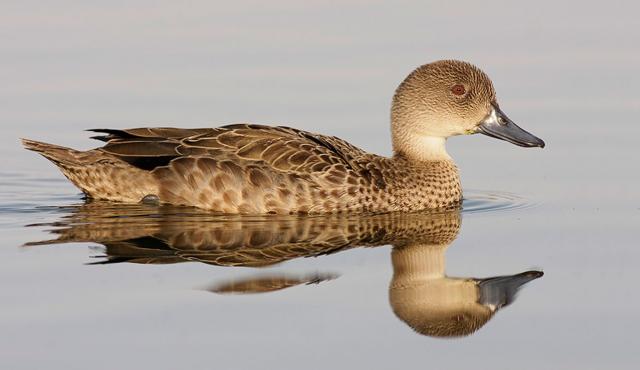
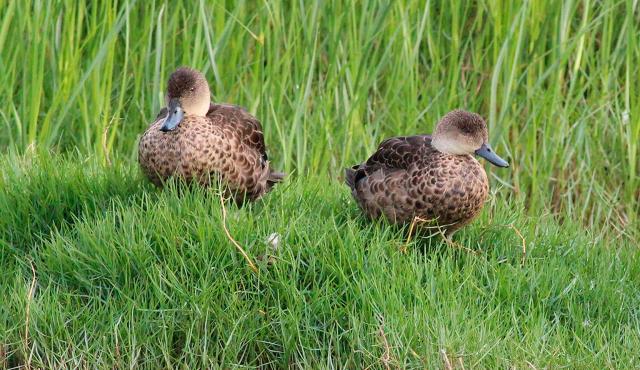
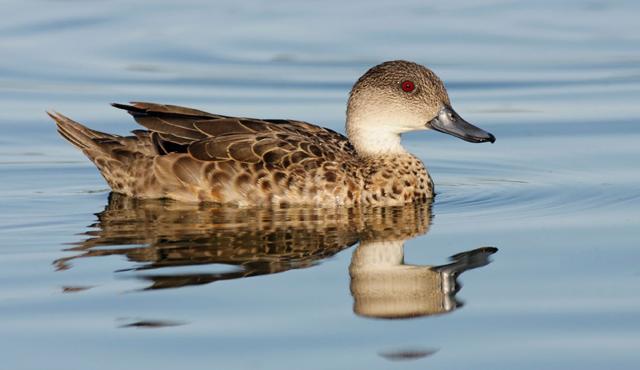
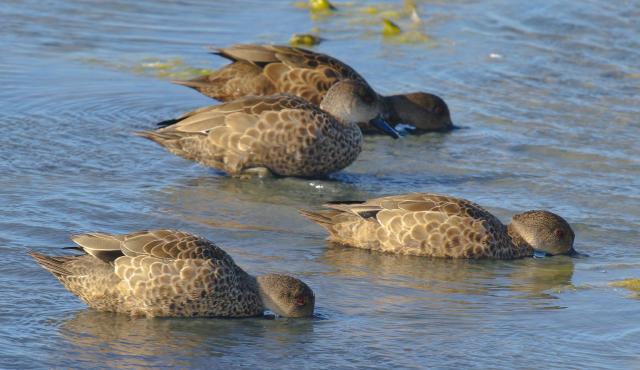
Grey Teal
Anas gracilis
Breeds swiftly after substantial rain at any time of the year. Otherwise the breeding season is from July to November in south-west and south-east Australia. Female builds nest, usually in hollow logs, on the ground or in rabbit holes. Between 6 and 12 eggs are laid. Female incubates and cares for young. Incubation period is between 24 and 26 days.
| Details | Description |
| Type | Bird |
| Group | Duck |
| Identifying Characteristics | |
| Distinctive Markings | Off-white from lower face to neck. Green-black speculum. |
| Diet | Omnivore. Dry land plants, aquatic plants, seeds, crustaceans, insects and their larvae. |
| Habitat | Sheltered watered areas including fresh, brackish and salt water. Tend to favour timbered pools and river systems of inland areas. |
| Native Status | Native to Australia |
| Sounds | The male has a high pitched "peep" or "gderoo". The female has a wild laughing chuckle in addtion to a raucous "quark, quark, quark". |
| Taxonomy | |
| Phylum | Chordata |
| Class | Aves |
| Order | Anseriformes |
| Family | Anatidae |
| Genus | Anas |
| Species | gracilis |
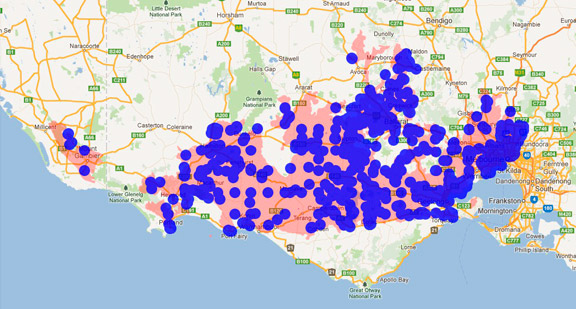
Distribution maps indicate current and historic locations where species have been sighted.
Source: Atlas of Living Australia
| Conservation Status | |
| DEPI Advisory List | Not listed |
| FFG Act | Not listed |
| EPBC Act | Not listed |
The conservation status of species is listed within Victoria and Australia.
The Department of Environment and Primary Industry (DEPI) Advisory List consists of non-statutory advisory lists of rare or threatened flora and fauna within Victoria.
The Flora and Fauna Guarantee Act 1988 (FFG Act) lists threatened species in Victoria. Under the Act, an Action Statement is produced for each listed species.
The Environment Protection and Biodiversity Conservation Act 1999 (EPBC Act) is the Australian Government’s key piece of environmental legislation, listing nationally threatened native species and ecological communities.



